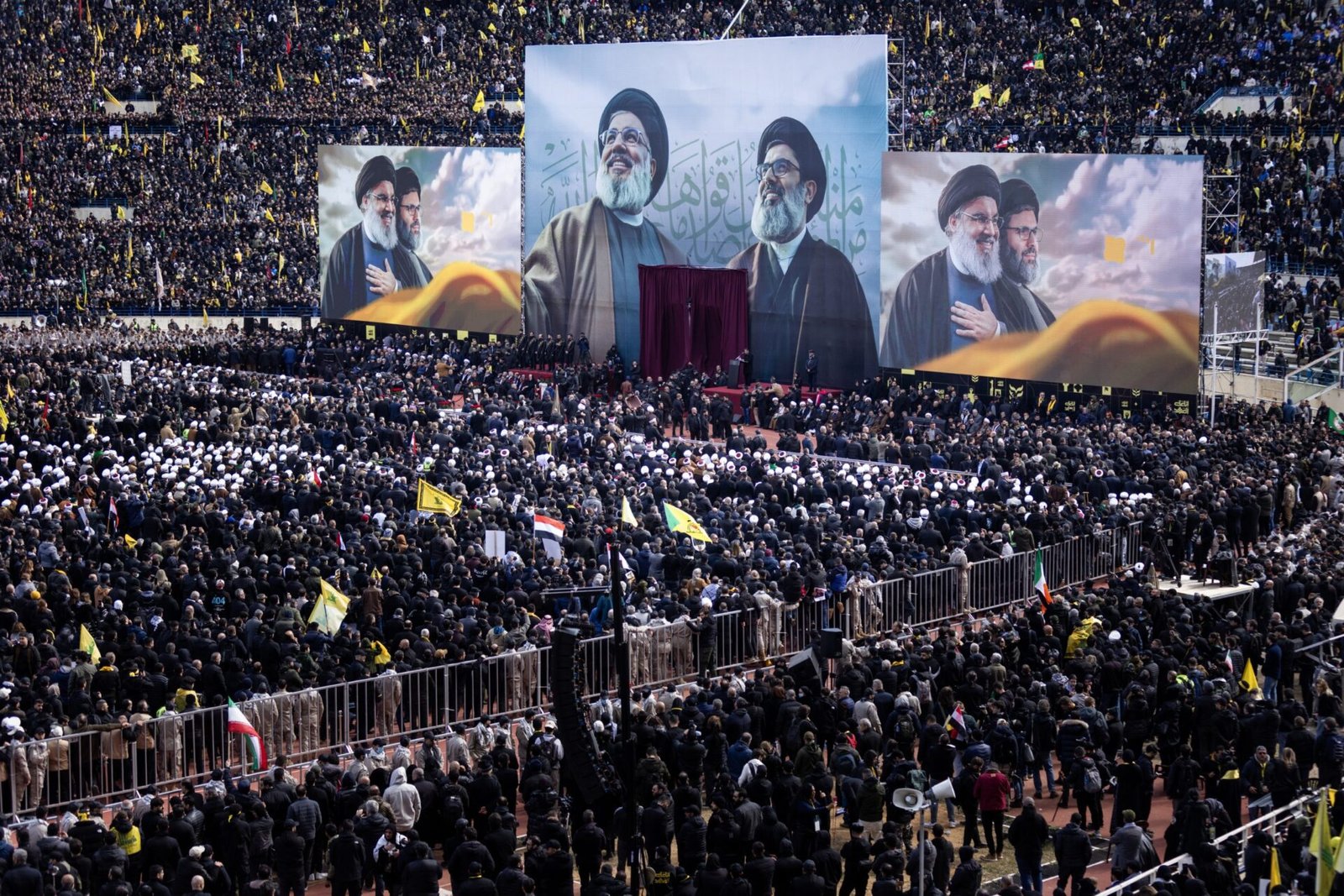The dominant Western narrative casts Iran’s alliances with Hezbollah in Lebanon, the Houthis in Yemen and various Iraqi Shia militias frequently labeled as Iranian proxies have, in reality, grown out of deeply rooted local struggles shaped by decades of foreign intervention, political marginalization and chronic insecurity and haling these militias as a menacing “Axis of Resistance.”
But this framing overlooks how those ties actually emerged. The Los Angeles Times describes the so-called Axis as “an Iran-backed coalition … spanning Lebanon, Gaza, Iraq, Syria and Yemen” united against U.S. and Israeli influence. In reality, these relationships have formed for self-defense, not aggression.
Faced with decades of Crippling sanctions such as the US embargo on Iranian banking and oil exports alongside covert actions like the Stuxnet cyberattack on nuclear centrifuges and the targeted assassination of General Qassem Soleimani and many top brass military personals and leading scientists, illustrate the multifaceted pressure campaign waged against Iran. Iran and its allies have found it necessary to band together as a unit of survival.
Iran has never colonized other nations or launched imperial wars. Its “crime” in Western eyes is having the temerity to challenge the status quo, to refuse participation in the injustices seen as acceptable. For example, Iran refuses to legitimize Israel, not from blind sectarian hate but as a stand against what it views as “Israel was founded, in part, as a response to Europe’s post-Holocaust guilt yet its creation came at the expense of an indigenous Palestinian population whose dispossession remains ongoing.
Read More: Diplomatic Quicksand: The Saudi-Iran Equation & Prisoner’s Dilemma
While Iran’s opposition is often dismissed as anti-Semitic, its rhetoric primarily challenges Zionism and Israeli state policies, rather than Judaism as a religion”. This stance a rejection of perceived injustice is often miscast by Western commentators as fanaticism. By the same logic, why should a people say “amen” to an occupation erected on European guilt? From Tehran’s perspective, it is defending Palestinian rights by refusing to concede, while in Washington’s eyes this is dyed-in-the-wool extremism.
The nuclear issue exposes the hypocrisy. Iran is a signatory to the Nuclear Non-Proliferation Treaty and is subject to continuous IAEA inspections. By contrast, According to estimates by the Federation of American Scientists, Israel holds approximately 80 to 90 nuclear warheads. As one commentator at People’s Dispatch points out, “Iran is sanctioned and attacked for a legal activity… whereas Israel… operates freely in total secrecy,” highlighting the stark double standards in global nonproliferation discourse. Israel’s recent strikes in Iran, which killed at least 14 Iranian nuclear scientists, were described as “an unprecedented attack on the brains behind Iran’s nuclear program”.
Yet such assaults by a US ally drew no global condemnation, only silence and a wink from Washington. Meanwhile, Iran is punished for even speculated nuclear advancement: as one commentator notes in Peoples dispatch, “Iran is sanctioned and attacked for a legal activity… whereas Israel… operates freely in total secrecy”. The West throws tantrums over Tehran’s every step, while treasuring Tel Aviv’s own unseen arsenal. The paradox is unmistakable: it’s not actual threats to peace at stake, but perceived challenges to power. “It’s not about threats to peace. It’s about threats to power specifically, the kind of power that dares to say ‘no’ to an unjust world order.”
Even ideology is a double standard. Iran is branded “extremist” for clinging to its revolution’s rhetoric; yet the West scarcely notices its own extremism when wrapped in democracy and capitalism. Backing wars and occupations in the name of freedom, or propping up dictators because they serve Western markets, these are not called “extremism” at home, even though they are just as ideological.
Read More: How the 12-day War Has Reshaped Tehran’s Strategic Posture
The United States backed authoritarian regimes for decades from Saddam Hussein in the 1980s to Hosni Mubarak’s long rule in Egypt while France provided arms and support to client states across Africa. These alliances, though seldom labeled “extremist,” have long sustained systems of structural violence. The greatest radicalism today is justifying violence and mass displacement for democracy, or backing brutal regimes so long as they open markets. The West’s own historical record of violence and empire receives endless pardon, while Iran’s defensive resistance is depicted as threat.
In truth, Iran’s posture is about survival, not exporting revolution as many thinkers perceive, but it’s about exporting revolution against imperialism, not through forced regime change, but by offering ideological and material support to movements that challenge Western-backed authoritarian regimes. This includes training Hezbollah fighters and backing groups like Hamas and the Houthis as strategic counterweights to U.S. and Israeli influence in the region.
This network of alliances allows Iran and likeminded governments to protect their people in a hostile region. Far from an offensive bloc, it functions as mutual deterrence in the face of a vastly superior opposing force. In a world where those who bomb others are hailed as protectors, and those who resist are branded terrorists, the only morally consistent stance may indeed be resistance. If refusing domination is treacherous to Western interests, then the label of menace may justifiably fall on those who insist on dominating.
The so-called Axis of Resistance functions less as a revolutionary vanguard and more as a shield a coalition forged in response to sustained superpower pressure and hostility. Calling it an “Axis of Survival” isn’t hyperbole; it reflects the deeply asymmetric landscape in which these actors operate. After all, “the kind of power that dares to say ‘no’ to an unjust world order” is precisely what rattles the global superpower system.
The views expressed in this article are the author’s own and do not necessarily represent TDI’s editorial voice.




